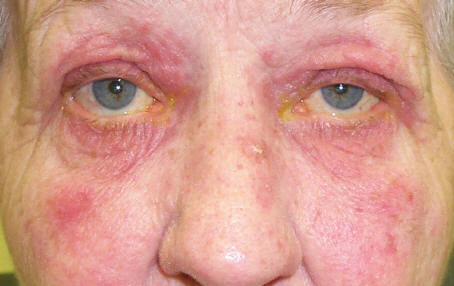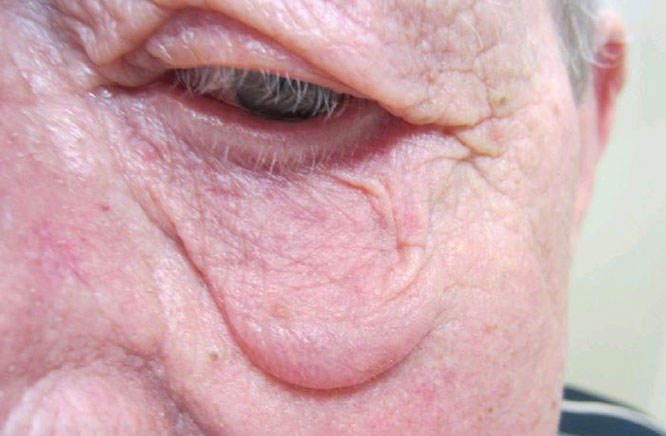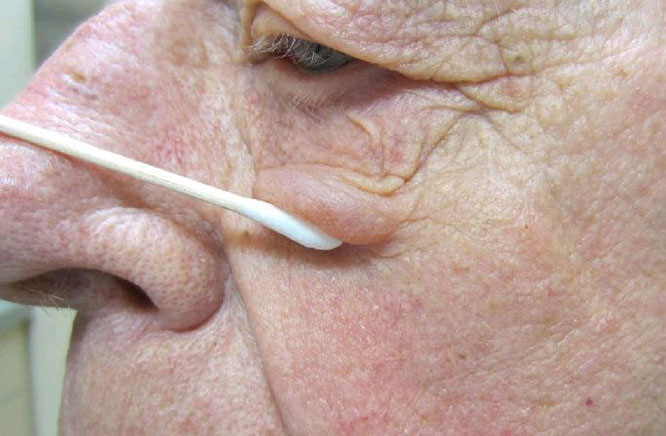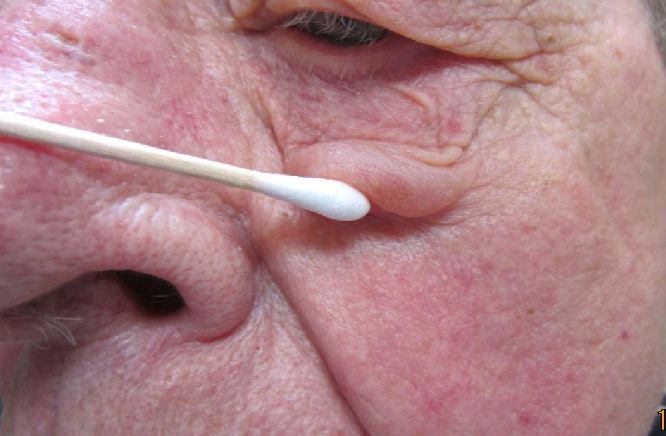Ocular Rosacea
Rosacea is a well-recognised inflammatory condition that affects the middle of the face. One in 10 individuals in the United States suffer from this condition with over 60% of them experiencing complications that affect the eye (called ocular rosacea). Other parts of the face such as the cheeks, forehead and chin are also commonly involved. In this article, we shall take a brief look at rosacea and its clinical manifestation when it affects the eyes.
Overview
- rosacea is a disease of increased vascular reactivity
- people who get rosacea blush and flush easily
- about 50% of patients with skin rosacea also have ocular rosacea
- rosacea is a common cause of blepharitis
Cause of rosacea
The exact cause of rosacea is not known. It is believed that it occurs due to altered immune responses within the body and the production of a number of different mediators that promote inflammation. Certain bacteria such as Staphylococcus epidermidis have been implicated as a trigger. A stomach bug known as Helicobacter pylori has also been associated with it. Exposure to ultraviolet light seems to be a risk factor. Patients who have a strong family history of rosacea are prone to developing this condition. Smoking is also a well-known risk factor.
Clinical features
From a more general perspective, patients experience redness of the face and the eruption of small pus filled lesions. They could also develop multiple episodes of flushing of the face. With regards to the eyes, there can be irritation, redness and burning sensation of the eyes. Patients could feel like there is a foreign body within the eye and could also experience dry eyes. Recurrent eye infections are common as are the formation of styes. Excessive thick secretions from the meibomian glands will be present. Patients could become sensitive to light.
On examination, the eyelid demonstrates excessive redness and prominent blood vessels (called telangiectasia). Patients could also develop conjunctivitis and infiltration of the cornea. Thickening of the cornea could also occur at certain parts. If left untreated, the cornea can become opaque and can distort the patient's vision. On top of this, patients could develop bacterial keratitis.
Diagnosis
Clinical examination is the best diagnostic modality. No specialist investigations are usually needed though histology could show the presence of various inflammatory cells in the conjunctiva.
Treatment
Symptomatic treatment is the primary modality. Patients are advised to avoid triggers such as excessive exposure to sunlight, alcohol and spicy foods. Any thick secretions from the meibomian glands located in the eye can be expressed using hot compresses. Artificial tears could be required to lubricate the eye.
Antibiotic eye drops that contain tetracyclines (tetracycline, doxycycline) are very effective. Their primary action is on the bacteria that cause excessive secretions in the eye. Side-effects include diarrhoea and pancreatitis, though these are rare. Oral antibiotics are not offered to patients who do not have any symptoms. The dose of tetracyclines that is used is a lot less than what is used for an infection elsewhere in the body. Other antibiotics that could be used are azithromycin, clarithromycin and metronidazole. The latter is not very useful for rosacea that involves the eyes.
Steroid eyedrops have also been used to manage eyelid disease, but are used with caution. Treatment of Helicobacter pylori could be required.
In cases where medical treatment is not enough, surgical treatment could also be offered. This includes procedure such as keratoplasty to manage the corneal disease and reconstruction of the cornea using amniotic membrane.
Effective treatment
- oral doxycycline or oral minocycline
- rosacea often progresses to bumps and pimples
- irradiation of the skin with ultraviolet light could help
Conclusion
Ocular rosacea is a fairly common condition affecting the eyes. Diagnosis is clinical and various treatment options are now available.




